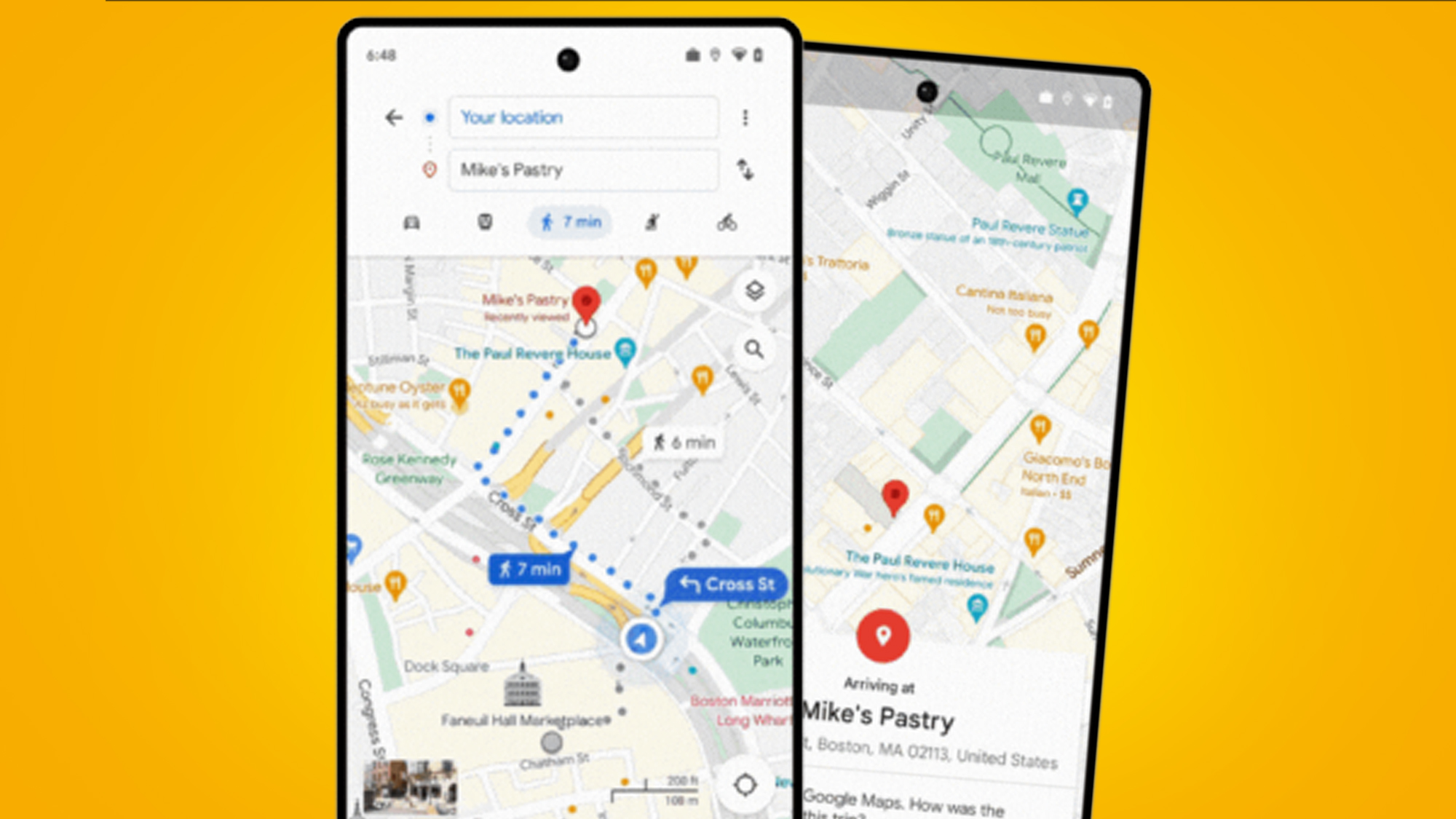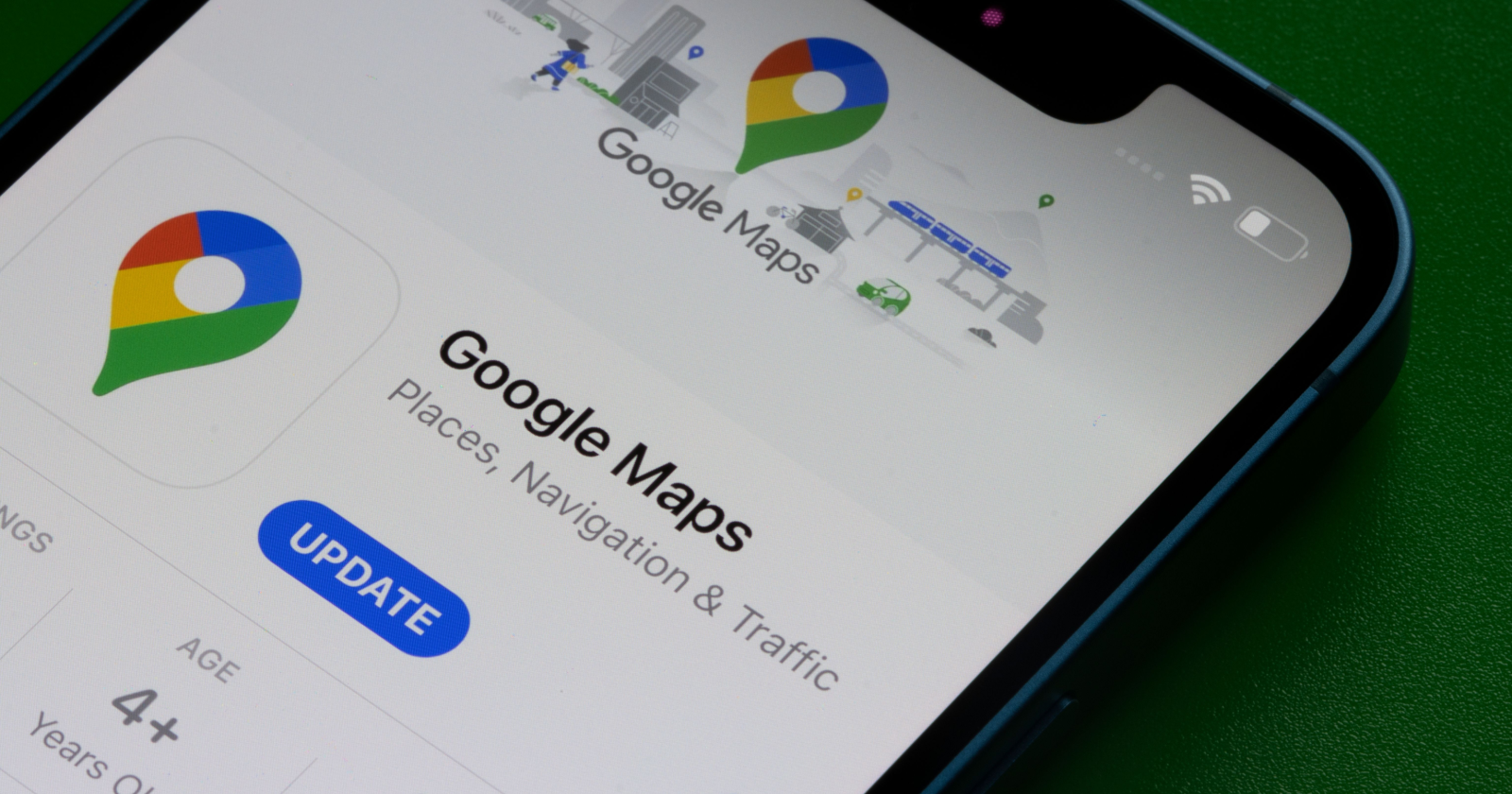Google Maps, the ubiquitous navigation tool used by millions daily, is undergoing significant visual changes aimed at enhancing user experience. This latest iteration, initially observed by 9to5Google, marks a notable shift from the traditional interface, emphasizing minimalism and accessibility.

A Closer Look at the Updated Interface
The redesign of Google Maps introduces a sleeker, more intuitive interface. Early this year, hints of these changes were spotted, only to be momentarily retracted, suggesting a reassessment of the user interface. However, it was not a cancellation but a brief postponement. Recently, the revamped UI made its comeback with several refinements that streamline user interaction.
One of the most apparent shifts is the move away from fullscreen overlays. The new design favours translucent sheets that slide over the map, allowing users to maintain a view of the map even while accessing different features. This modification ensures that navigation remains the central focus, with other elements playing a supportive role.

Enhanced Usability with Refined Overlays
The updated overlays in Google Maps now boast more rounded corners, aligning with modern design trends that favour soft, clean lines. These overlays can be easily dismissed with a simple tap of the close button, conveniently located next to the ‘share’ icon. This tweak not only improves aesthetic appeal but also enhances the app’s usability, making it more straightforward for users to interact with the map and its features.
Google Maps Updates Design—Earlier this year, 9to5Google spotted the first signs of a Google Maps makeover, which seemed to prioritize showing more of the map at all times. https://t.co/7Qntrhhhzq pic.twitter.com/ygZFfQHeZB
— System Unknown (@sysuwn) May 6, 2024
Streamlined Directions and Options
The process of inputting directions has also been simplified in the new Google Maps interface. Users will notice the direction tool has transformed into a floating panel where they can quickly input their start and end points. Below this, a separate floating island hosts options for driving, transit, walking, ride-hailing, and cycling, making it easier to compare routes and modes of transportation at a glance.
This redesign appears to be a modest yet effective upgrade over the previous interface, which used double-backed contextual sheets. The new approach uses single-layer sheets that not only declutter the interface but also enhance the visibility of the map itself, fostering a more engaging and less obstructed interaction with the digital environment.

What’s Next for Google Maps?
Despite the excitement around these changes, the rollout of this updated version, tagged as 11.127.x on Android devices, has been limited. This slow rollout suggests that Google is perhaps still in the testing phase and could adjust the update based on user feedback. Given the history of this update, there’s a possibility that it might see further tweaks before it reaches all users globally.
However, given the months of experimentation and development behind these changes, it’s likely that most users will soon experience the new Google Maps interface. As Google continues to refine its applications, these updates reflect an ongoing commitment to improving user experience through thoughtful design enhancements.
In conclusion, while the changes to Google Maps might seem minor at first glance, they represent a significant step forward in making the app more user-friendly and visually appealing. As we await the wider release of this update, it’s clear that Google’s efforts to refine and improve its services continue to set industry standards for digital mapping and navigation tools.










